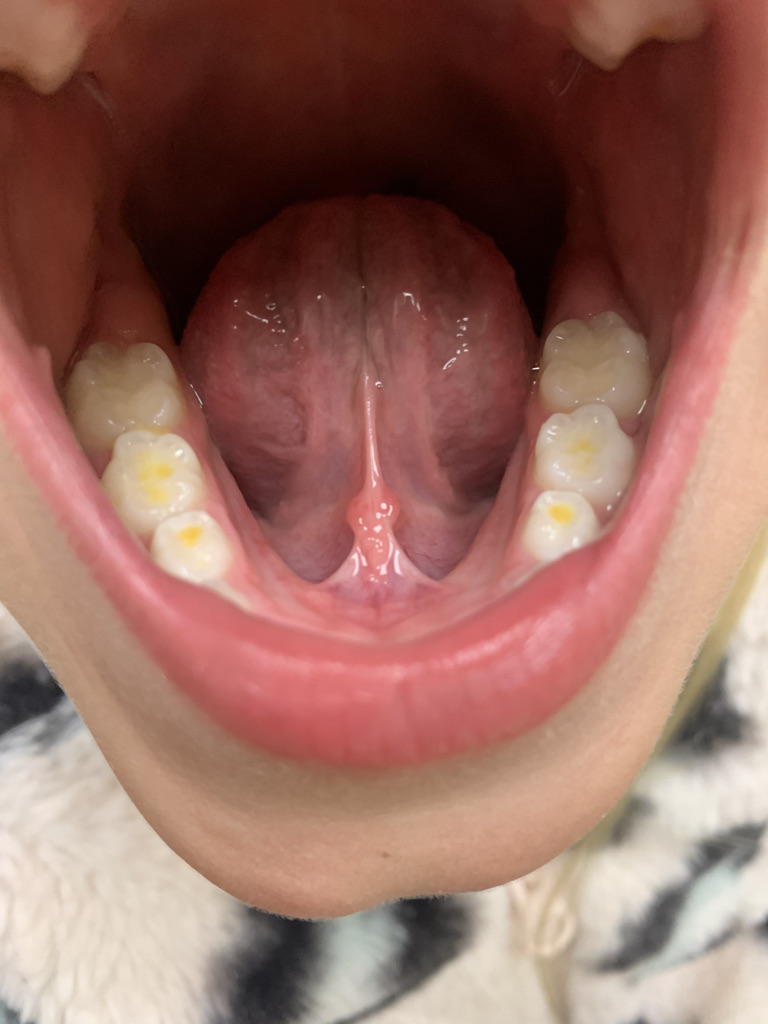Tongue Tie
What Is It?
Tongue tie is a medical condition that can have detrimental effects on an individual’s oral development. Speech is also impacted severely because when the tongue is resting at the bottom floor of the mouth, pronunciation becomes unclear and inconclusive. A tongue tie is a piece of tissue attached under the tongue. When the tongue is lifted, the tongue tie can easily be seen. In medical terms, this tissue is called a frenum. Every person has a frenum connected to the bottom of their tongue. In certain people, the frenum is tighter than should be, which makes it very difficult to utilize the tongue to its full capacity, hence causing improper function of the tongue and other orofacial muscles.
If a person happens to be tongue-tied, their tongue would need to be released via surgery. This procedure is called a frenectomy. Each patient that is diagnosed with tongue tie would need to be examined to determine if the surgical procedure is beneficial in their case. In the situation that surgery is recommended, it is critical to perform a series of exercises pre and post surgery. Working out the tongue and orofacial muscles before and after the surgery is vital in order for the muscles to subsequently work as intended. Additional exercises are assigned after the surgery to develop and strengthen the overall muscles in the mouth.
After surgery, some people may become discouraged, as they do not immediately experience the optimal results they expected. They need to bear in mind that the muscles in their mouth have never actually been working properly, therefore, these muscles require supplementary therapy and exercises in order to become activated. The low position of the tongue was either due to a necessity or a habit. If left as is, the muscles will remain indifferent from how they were prior to surgery. It is best for the patient to first, come in for a consultation, and find out if the frenectomy procedure is beneficial for them. If so, the procedure can then be scheduled by coordinating it directly with their dentist/surgeon.

Why Is It Important?
- In children, establishing and maintaining a good resting tongue posture is the key to ideal facial growth and airway development
- Insufficient nasal breathing or sleep disordered breathing results in shifting of the teeth as the tongue is constantly pushing forward against the teeth
- In addition, the frenum restriction causes tight muscles and fascia throughout the head and neck region. Many struggle with posture and head/neck pain because of a restricted lingual frenum.
- A low tongue position can lead to unsuitable muscle functioning and consequently lead to airway obstruction
- When there is lack of nasal breathing, whether it is short or prolonged, both the jaw and tongue naturally drop in position to allow for opening up of upper airways
- While swallowing, instead of the tongue pushing up to the palate, it moves forward, causing tongue thrust
- Over the period of time, a low tongue rest posture can have detrimental health effects, if left untreated
